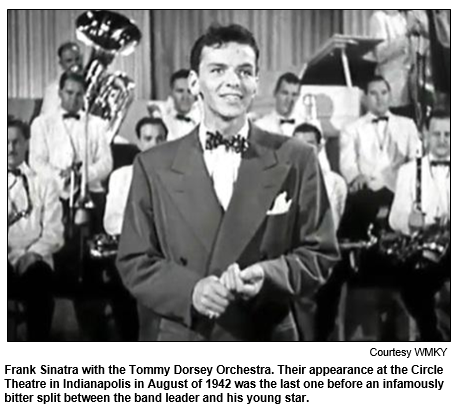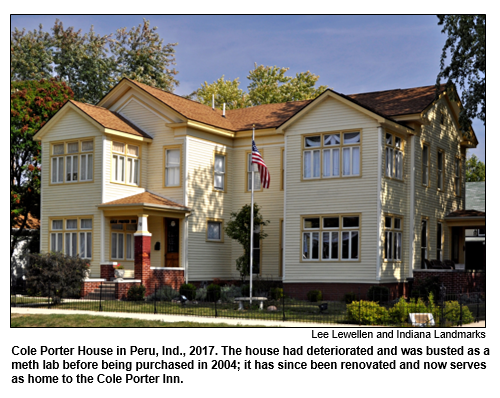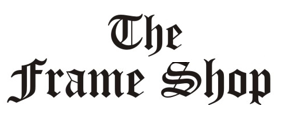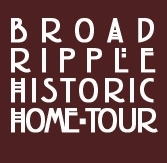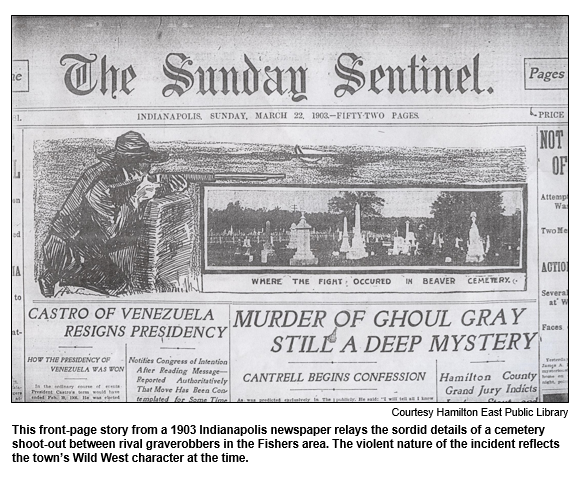Saturdays, noon to 1 p.m. ET on WICR 88.7 FM.
Or listen live from anywhere on WICR Online!
Our call-in number during the show: (317) 788-3314
Miss last week's show, "Burger Chef, White Castle and other fast-food connections to Indiana"? Listen to the podcast.
September 2, 2017 show
Frank Sinatra, the Great American Songbook and Indiana
From his final concert in Indianapolis with a popular orchestra in 1942 (which is said to have inspired a storyline years later in The Godfather) to a civil rights-related visit to Gary three years later amid racial tension at a high school, Frank Sinatra had more connections to Indiana than many may realize.
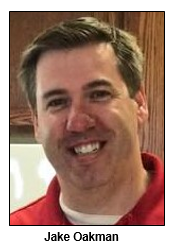
We will explore various links between the legendary entertainer and the Hoosier state with a lifelong Sinatra aficionado as Nelson's studio guest: Jake Oakman, a speechwriter and special assistant to Gov. Eric Holcomb.
In addition to our discussion of Ol' Blue Eyes (one of Sinatra's many nicknames), our show will feature a report about the Great American Songbook Foundation in Carmel. Housed at the Center for the Performing Arts, the foundation is led by executive director Chris Lewis, who will phone in to describe its gallery, hall of fame, archives and recently announced affiliation with the Los Angeles-based Grammy Museum.
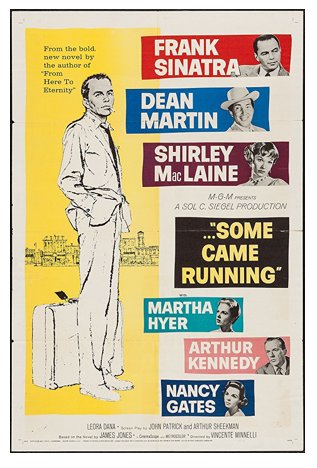
In September 1942, when the historic landmark on Monument Circle was known as the Circle Theatre, it was the venue for Sinatra's final performance with the Tommy Dorsey Orchestra. Folklore about how Sinatra, who then was generating a national frenzy as a singing idol, maneuvered to get released from an iron-clad contract with Dorsey is said to have inspired a plotline in The Godfather. Critics have long noted some similarities between Sinatra and Johnny Fontane, a fictional entertainer in both the Mario Puzo novel and the Francis Ford Coppola film, whose breaking of a contract with a bandleader requires that the mafia make the bandleader "an offer he can't refuse."
In 1945, Sinatra, who was of Italian-American heritage, won plaudits for The House That I Live In, a 10-minute film in which he teaches religious and racial tolerance to a gang of young street ruffians. In the wake of the success of that short, which won an honorary Academy Award, he was asked to come to Gary to help settle a "strike" by white students and their parents at a high school that had recently admitted blacks. Our guest Jake Oakman will describe what unfolded, which included a riveting speech by Sinatra in the school's auditorium in northwest Indiana.
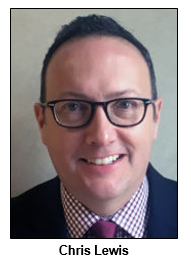
During his career, Sinatra won a trove of awards, including an Oscar and several Grammys. Five-time Grammy nominee Michael Feinstein founded the Great American Songbook Foundation in 2007 to preserve and celebrate the songs of pop, jazz, Broadway and Hollywood. The foundation recently became a cultural affiliate of the Grammy Museum. The affiliation, which Chris Lewis will discuss during our show, will enable access to Grammy-related exhibits, research projects and other opportunities.
The Songbook Foundation's archives include more than 100,000 artifacts, photos and recordings related to composers and performers of the 20th century. During a span of about 50 years, Sinatra performed a number of concerts in Indiana.
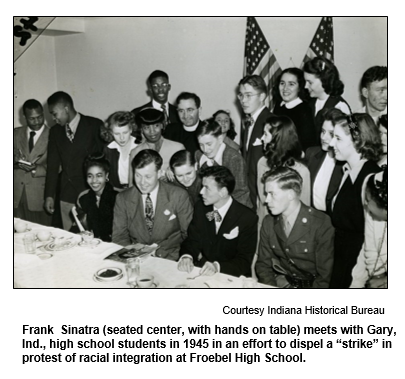
In November 1945, Sinatra visited Froebel High School in Gary on a civil rights mission; he was brought in as a teen idol who might have a persuasive impact on high school students. White students had walked out of school to protest an early integration effort that brought more than 200 black students to the high school. According to historic accounts, Froebel had opened in 1912 and had been serving students of diverse European ethnic heritage groups, but black students had been excluded.
Amid racial tensions over the integration move that were drawing national attention to Gary, Sinatra spoke to hundreds of white students. He implored them to end the protest and return to school; he described the bigotry he had endured as a teenager because of his Italian heritage and pleaded for tolerance. His appearance in Froebel's auditorium, which also included some songs, drew praise nationally. But racial tension persisted at the high school, according to several accounts.
Froebel High School closed in 1977. A historic marker on its site describes the protests against integration and racial tensions there during the mid-1940s, although Sinatra's visit is not mentioned.
For more information on Sinatra's visit to Froebel High School, check out these stories:
- NPR: 'One More' For Sinatra, Who Took A Stand In Gary, Indiana.
- Time Magazine: When Frank Sinatra Took a Stand for Civil Rights in Schools.
- WBEZ News: When Frank went to Gary.
- Indiana Historical Bureau: A Challenge to Integration: The Froebel School Strikes of 1945.
History Mystery
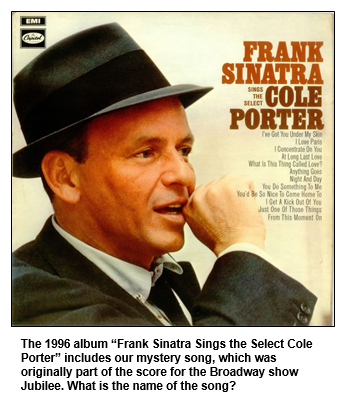
Among the songs by the Indiana-born composer is one that's considered a standard - i.e. part of the Great American Songbook - that was introduced in the score of the 1935 stage musical Jubilee. Although the show was a critical success, it proved less popular with Depression-era audiences and closed after only half a year on Broadway.
The song's title rhymes with one of its lines: "a trip to the moon on gossamer wings."
Question: What is the title of the Cole Porter song?
The call-in number is (317) 788-3314. Please do not call in to the show until you hear Nelson pose the question on the air, and please do not try to win the prize if you have won any other prize on WICR during the last two months. You must be willing to give your name and address to our engineer and be willing to be placed on the air, and you must answer the question on the air. The prize is two tickets to the Indianapolis Scottish Highland Games on Oct. 14 in German Park in Indianapolis, courtesy of Scottish Society of Indianapolis, and two tickets to the Indiana State Museum, courtesy of the Indiana State Museum.RoadTrip: Cole Porter House in Peru
Guest Roadtripper Suzanne Stanis, Director of Heritage Education at Indiana Landmarks, tells us that while Cole Porter is celebrated as Peru's favorite son, it wasn't that long ago that his boyhood home sat deteriorating after being busted as a meth lab in 2003. But thanks to a group of dedicated volunteers, the home now reflects its original 1891 design and welcomes visitors as the Cole Porter Inn.
Ole Olsen Memorial Theatre, Inc., named for a Peru-born vaudevillian, purchased the home at a 2004 tax sale. The foundation transformed the property through private donations, a loan from Indiana Landmarks, and sweat equity. Volunteers even stripped and sold the aluminum siding to fund construction projects.
Cole Porter lived in the house from his birth in 1891 until moving to attend east-coast schools at the age of 14. While in Peru, the precocious Porter mastered the violin and piano and wrote several songs, including the Bob-O-Link Waltz at age 11. Porter lived the rest of his life away from Peru but returned to visit his parents at their next home, Westleigh Farm, on Frances Slocum Trail. That house is now owned by the sixth generation of Porter descendants and is listed in the National Register of Historic Places.
"Stop by the Cole Porter Inn next time you're in Peru for the annual Cole Porter Festival or the Amateur Circus Festival," says Suzanne.Would you like to host a listening group?

The Central Library in downtown Indianapolis has offered space for a Hoosier History Live listening group, but the group must be facilitated by responsible volunteers. In other words, you need to commit to be at the Central Library every Saturday at noon or get a reliable sub. If interested, please email Molly Head, and please include your phone number.
The listening group at Irvington Library in Indianapolis continues to meet; all are welcome to join the group on Saturday at noon!
Nelson Price, host and historian
Molly Head, producer/project manager, (317) 927-9101
Michael Armbruster, associate producer
Richard Sullivan, senior tech consultant
Pam Fraizer, graphic designer
Garry Chilluffo, media+development director
News from the Hoosier History Live team
As an informational program that airs over a public radio station, Hoosier History Live is sometimes assumed to be a non-profit organization. And while it's true that we depend on the contributions of our listeners and the generosity of our sponsors for financial support, we have never chosen to file the 501(c)(3) paperwork required by the IRS for tax-exempt status, opting instead to retain the designation of a small business.
Why? In a word, control. We are a small group of creative entrepreneurs who want control over our creative content and distribution. In a media environment where quality journalism is under increasing commercial and political pressure, we want to have an independent voice. We are proud of the high-quality content we offer through our live radio program, newsletter and website, and we believe that the flexibility afforded by our small-business status will allow us to keep producing the quality programming you love.
To continue to thrive as a small business, however, we need to increase our distribution and broaden our listening audience. We are currently working to publish our audio archives online and make our content available for rebroadcast on Indiana stations and elsewhere via PRX, the Public Radio Exchange.
What does this mean for our listeners? Only that you will have more opportunities to listen to the Hoosier History Live content you enjoy, whether by downloading old shows from iTunes or tuning into the show on local radio stations across the state.
What does this mean for our sponsors and underwriters? New opportunities to get your message out to our growing population of listeners. As our media footprint grows on the web, your credit will live online on our podcasts and audio archives rather than just play once over the air. As our radio distribution increases geographically, your message will reach a wider, more diverse population of listeners.
How can you help?
We have no trouble finding guests who generously share their expertise about a given aspect of Indiana history or culture. What we do struggle with is financial support. If you are an individual, you can visit our yellow button, clearly marked below, right before the upcoming show description.
Or, you may make out a check to "Hoosier History Live" and mail it to:
Hoosier History Live
P.O. Box 44393
Indianapolis IN 46244-0393
Your name will go on our website on the "Support the show" page of our website, and you'll also be thanked in our weekly newsletter. You may indicate how you would like your name to appear, and you may also choose to make the donation "in memory of" or "in honor of" a loved one.
If you are a business or organization and would like your logos and links on our website and newsletter (as well as spoken credits during the live show), contact our producer, Molly Head, at molly@hoosierhistorylive.org, or (317) 927-9101.
Your support goes toward our ongoing expenses, including website hosting, email marketing software, audio editing, audio archiving and a long list of items that a media team of any size must have to keep operations going.
Please tell our sponsors that you appreciate their support!
 Acknowledgments to Monomedia, Visit Indy, WICR-FM, Fraizer Designs, Heritage Photo & Research Services, Robin Knop, Derrick Lowhorn and many other individuals and organizations. We are an independently produced program and are self-supporting through organizational sponsorships and individual contributions. We do not receive any government funding. Visit our website to learn how you can support us financially. Also, see our Twitter feed and our Facebook page for regular updates.
Acknowledgments to Monomedia, Visit Indy, WICR-FM, Fraizer Designs, Heritage Photo & Research Services, Robin Knop, Derrick Lowhorn and many other individuals and organizations. We are an independently produced program and are self-supporting through organizational sponsorships and individual contributions. We do not receive any government funding. Visit our website to learn how you can support us financially. Also, see our Twitter feed and our Facebook page for regular updates.
Thank you!
We'd like to thank the following recent, new and renewal contributors whose donations help make this show possible!
- Dan Carpenter.
- Gary BraVard.
September 9, 2017 show - upcoming
The violent early history of Fishers
It's a suburban boomtown continually in the spotlight because of developments like next month's eagerly anticipated opening of the first Ikea store in the state.
So who today would assume that Fishers, located in Hamilton County, had a reputation for lawlessness, gun fights, grave robberies and drunken brawls in the years after it was founded during the 1870s?

Even Fishers' nickname of Mudsock has violent origins: a melee known as "the Battle of Mudsock" made national news in 1881, one month after the infamous Gunfight at the O.K. Corral (in Arizona) when, according to David Heighway, the public was paying close attention to violent incidents.
"If you've seen the movie Tombstone or the TV series Deadwood - that was what Fishers was like," David has claimed.
He has posted several blog entries about Fisher's violent early years on a weekly blog of the Hamilton County East Public Library, where he works in collection services.
Much of the blame for the Wild West early years of Fishers, David says, falls on "the loose political structure of the town," which encouraged lawlessness. As a railroad depot (the community early on was known as Fishers Station), Fishers was located near several towns with strict temperance laws and ordinances.
"So if someone wanted to raise a little hell," David says, "they would go to Fishers."
A native Hoosier and a descendant of Indiana pioneers, David is on the board of directors of the Hamilton County Historical Society and serves on the Noblesville Historic Preservation Commission.© 2017 Hoosier History Live. All rights reserved.
|

